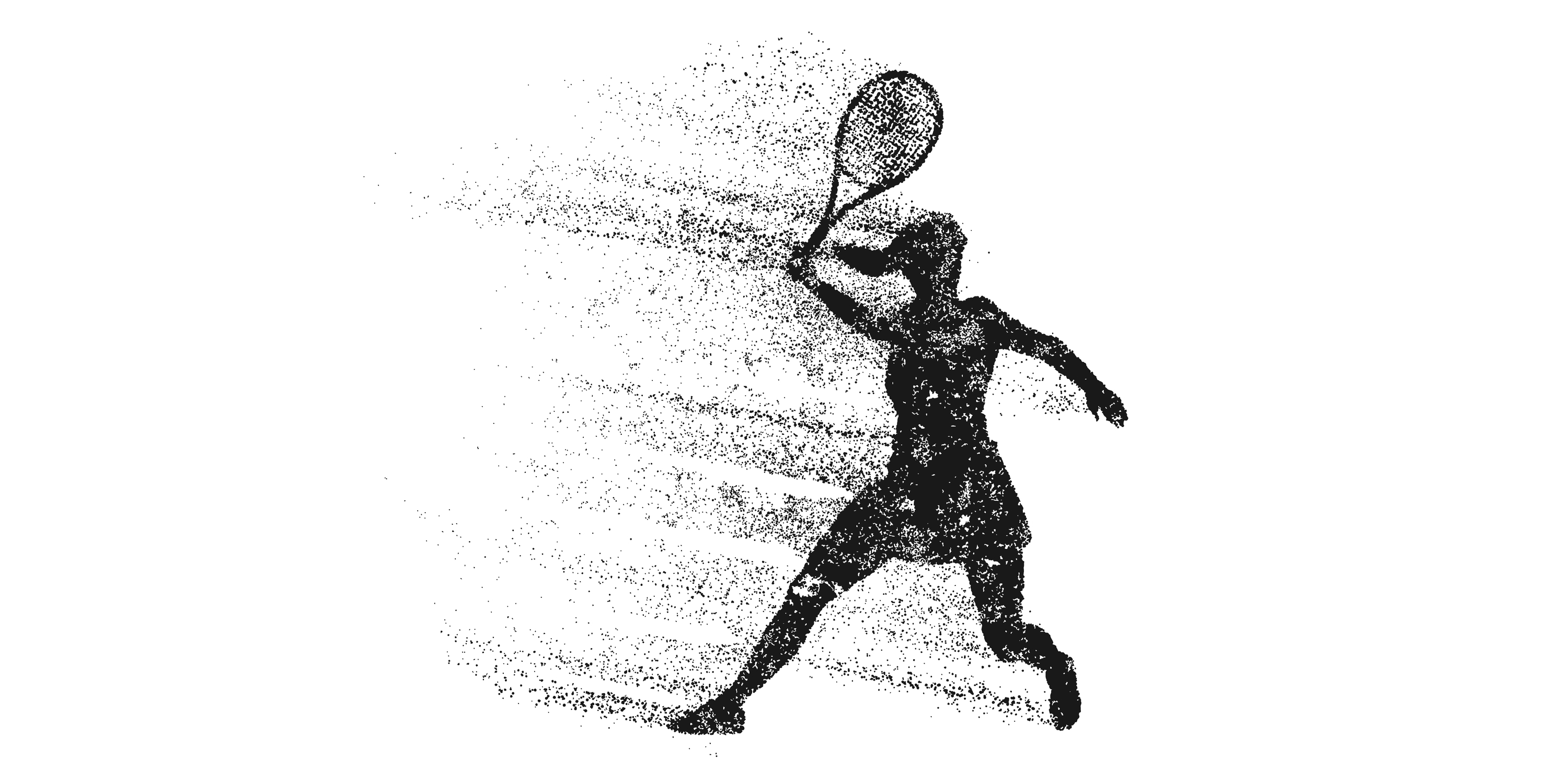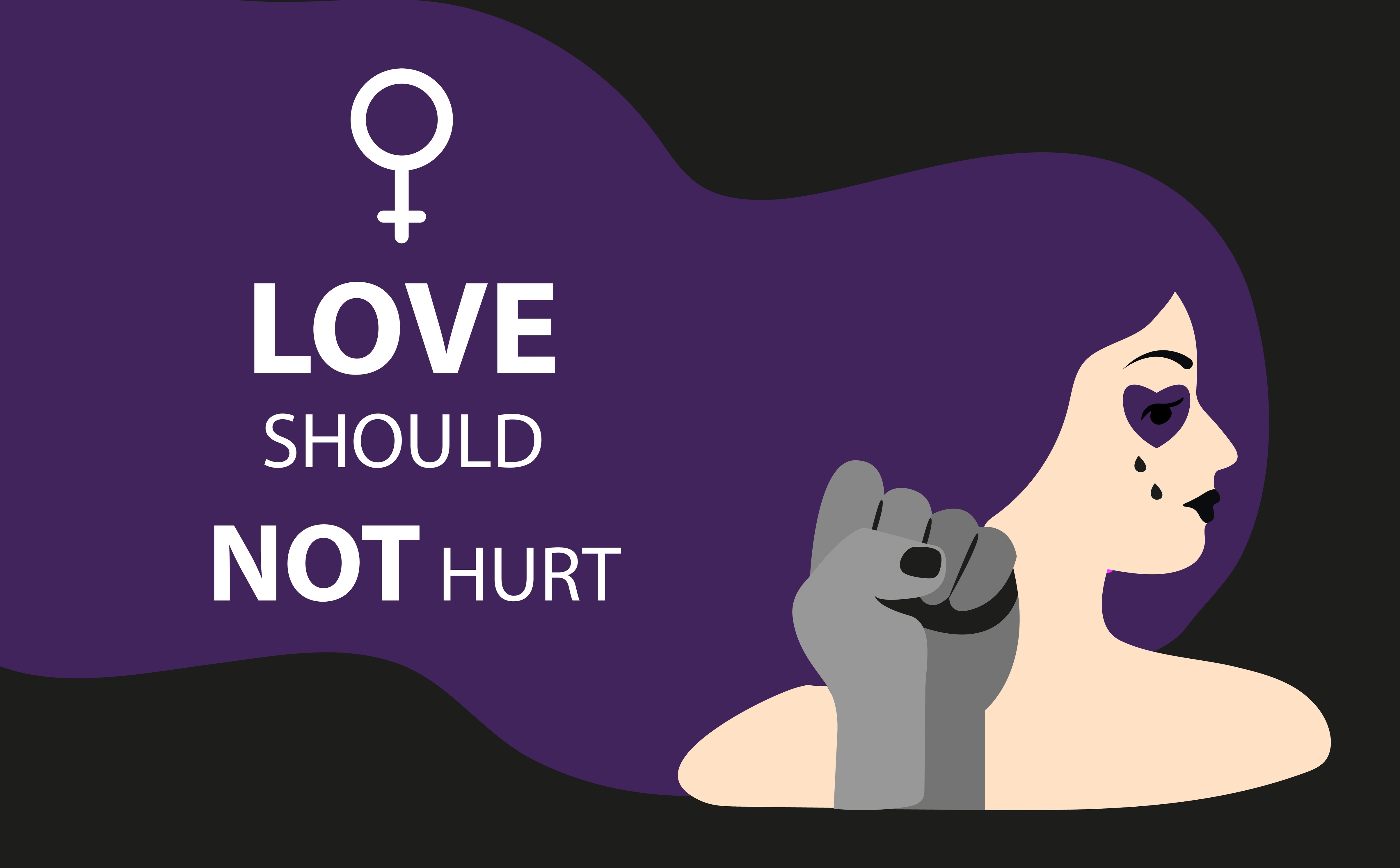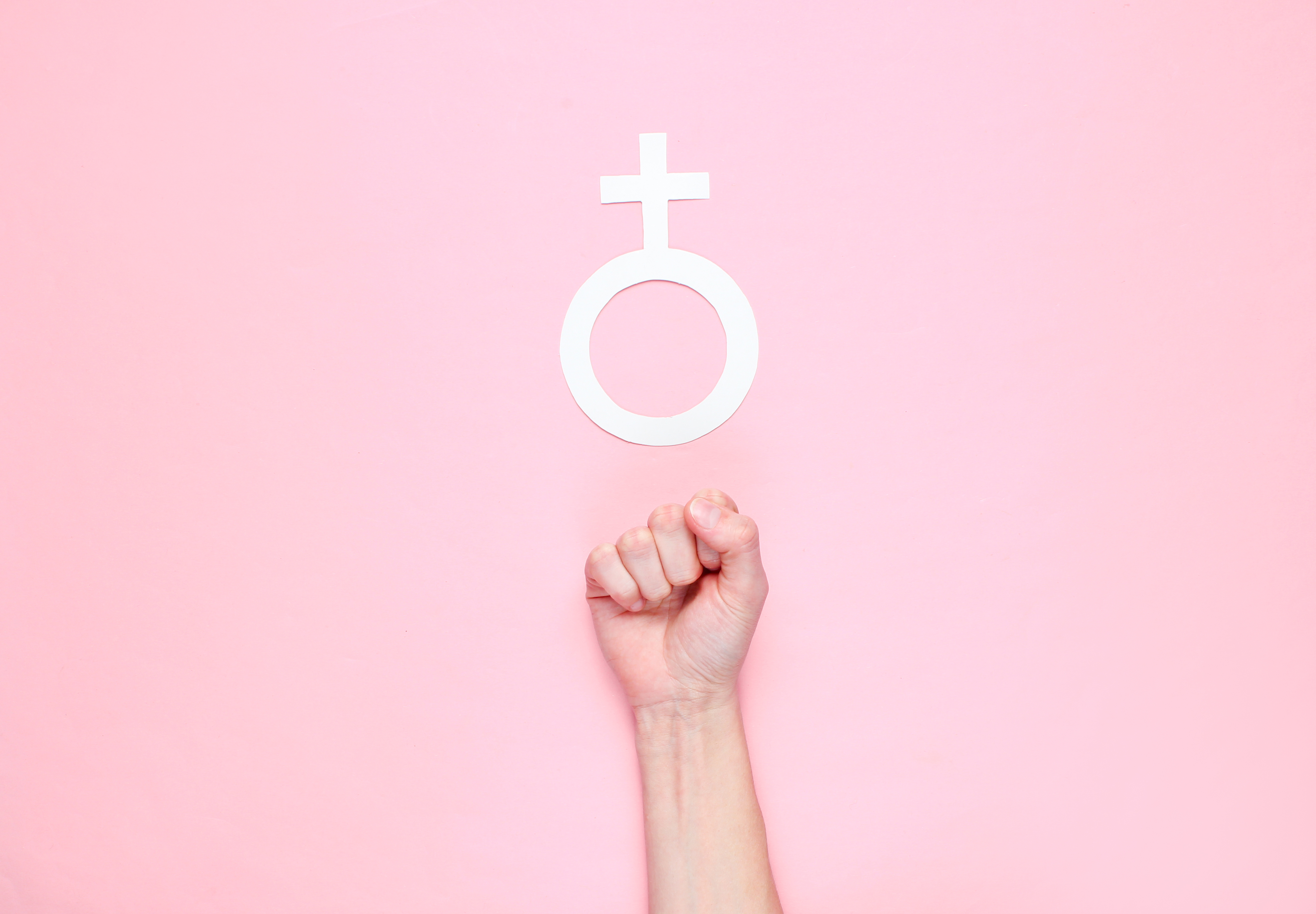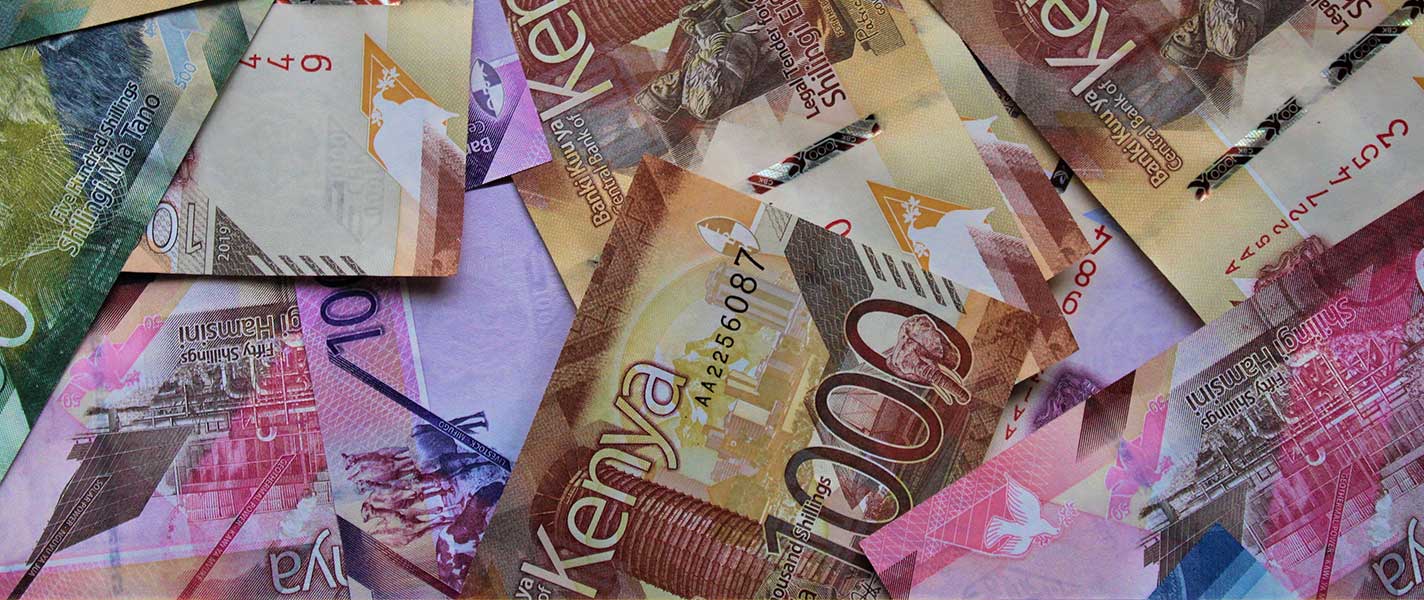Stardom: inequality of fame between female and male tennis players
The Root of Inequality:
While there have been significant strides in recent years towards achieving gender equality in tennis, challenges persist.
One major factor contributing to the discrepancy is historical bias. Tennis, like many other sports, has a deep-rooted history where male players have traditionally received more attention and recognition. This historical bias can be seen in media coverage, sponsorship deals, and overall visibility. As a result, male players often have larger fan bases, leading to higher ticket sales and more lucrative sponsorship opportunities.
Media Coverage and its Role in Shaping Perception:
Media coverage is a crucial element in shaping public perception and interest. If organizers and media outlets consistently prioritize men's matches over women's, it perpetuates the idea that male players are more valuable or entertaining. This creates a self-fulfilling prophecy where female players struggle to gain the same level of recognition and support.
Even after the final of the Australian Open, female champion Aryna Sabalenka (the second time in her championship at the AO Open) did not get enough attention as Jannik Sinner won his 1st Grand Slam. Jannik is a very young player and he's the first Italian, male or female, to win an AO singles title in the Open era and at 22, the youngest player from his nation to secure a Grand Slam. But in the media, it has a very dominant influence that we see less information about Sabalenka’s championship.
Structural and Money Disparities in Tournaments:
In the dynamic world of tennis, stars like Ons Jabeur, Iga Swiatek, Elena Rybakina, Aryna Sabalenka, and a multitude of others shine brightly. While these remarkable female athletes are constantly putting out impressive efforts and competitiveness and showcasing immense talent on the court, they often find themselves overshadowed by their male counterparts. The Grand Slams even hold women’s matches before men’s matches. This detail entails that the men's game will get more attraction all over the world and be more dominant once it is the last one to occur in a major tournament.
The disparity in prize money further exacerbates the issue. When tournaments offer significantly lower prize money for female players compared to their male counterparts, it sends a message about the perceived value of women's tennis. This not only affects the athletes' earning potential but also reinforces the notion that women's matches are less important.
“At the French Open last year, Amélie Mauresmo, the tournament director and a former world No. 1 in singles, scheduled just one women’s match in the featured nighttime slot compared with nine men’s matches, then explained that the men’s game had “more attraction” and appeal than the women’s game. She later apologized, but when second billing can make it harder for women to achieve stardom, this self-fulfilling prophecy can lead to lower pay.”
Here you can see that the speech of the organizer of the French Open refers to this topic. There is one massive difference between the two competitions, however: Men will compete for $8.5 million while the women will compete for $3.9 million at the Italian Open 2023.
Advocating for Change: a Collective Effort
Efforts have been made to address these issues, with some tournaments increasing prize money for female players and organizers working towards more equitable scheduling. However, progress has been slow, and there is still work to be done to challenge and change ingrained biases.
Advocacy from both male and female players, as well as from fans and the media, is crucial in pushing for greater equality in tennis. By challenging outdated perceptions and supporting equal opportunities for both genders, the tennis community can work towards creating a more level playing field for all players, regardless of gender.
The article represents the views of the blogger and not those of LEED Initiative.

























































































